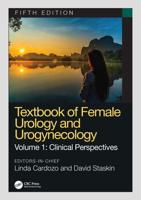Publisher's Synopsis
The World Health Organization (WHO) estimates that approximately one-third of worldwide infant deaths, and one half in developing countries, can be attributed to malnutrition. More specifically, iron (Fe) deficiency is the most common nutritional deficiency worldwide and a major cause of infant mortality. Fe deficiency is particularly widespread in low-income countries because of a general lack of consumption of animal products (which can promote non-heme Fe absorption and contain highly bioavailable heme Fe) coupled with a high consumption of a monotonous diet of cereal grains and legumes. Such diets are low in bioavailable Fe due to the presence of phytic acid and certain polyphenols that are inhibitors of Fe bioavailability. Diets with chronically poor Fe bioavailability which result in high prevalence of Fe deficiency and anemia, increase the risk of all-cause child mortalities and also may lead to many pathophysiological consequences including stunted growth, low birth weight, delayed mental development and motor functioning, among others. Thus, a crucial step in alleviating Fe deficiency anemia is through understanding how specific dietary practices and components contribute to the Fe status in a particular region where Fe deficiency is prevalent. The aim of this Special Issue is to report on the recent advances and research developments related to the improvements of dietary Fe bioavailability and absorption in an effort to alleviate dietary Fe deficiency.












